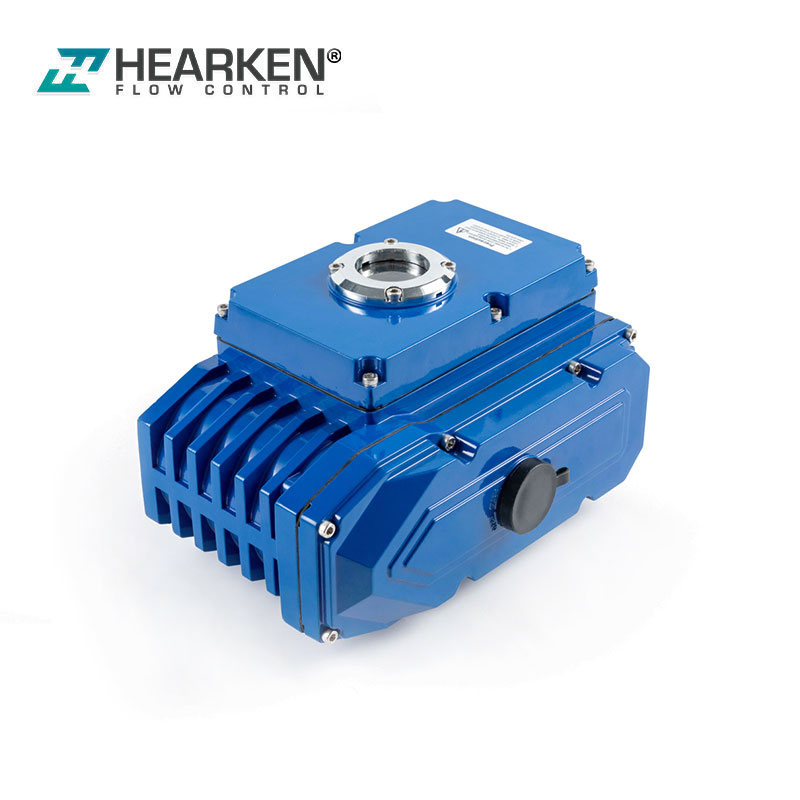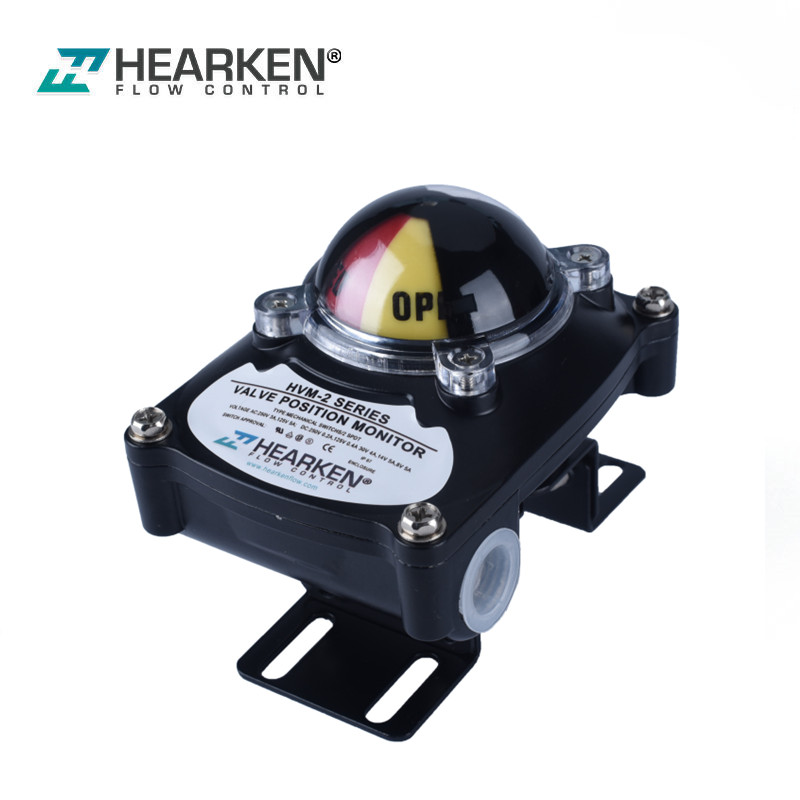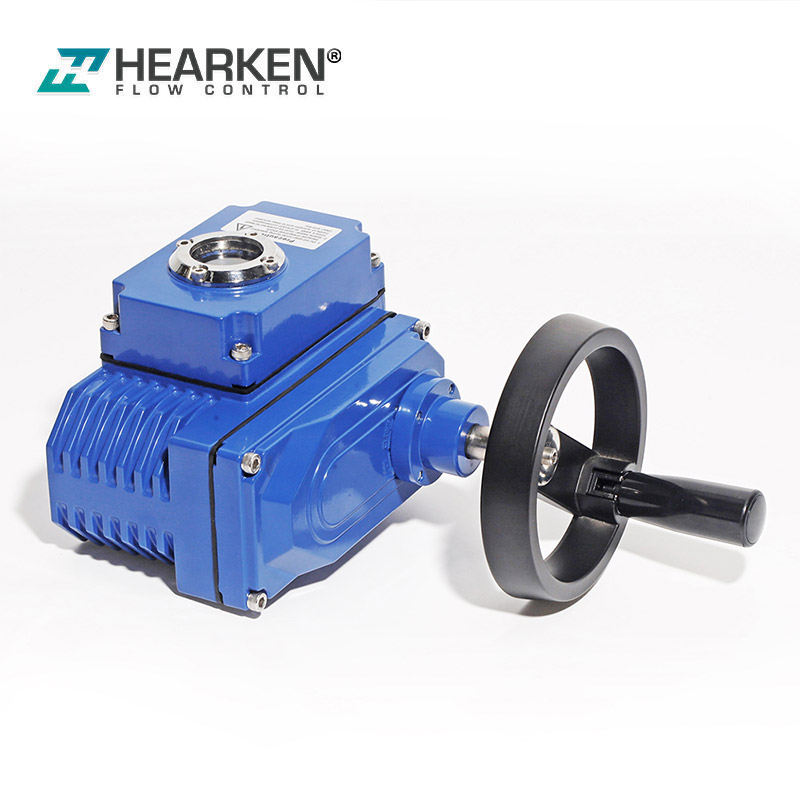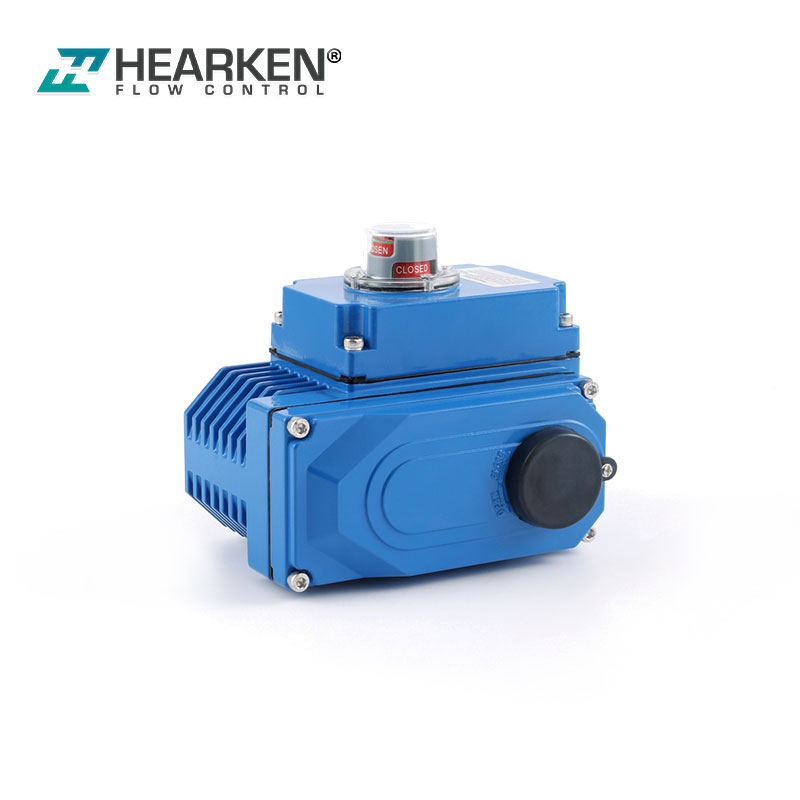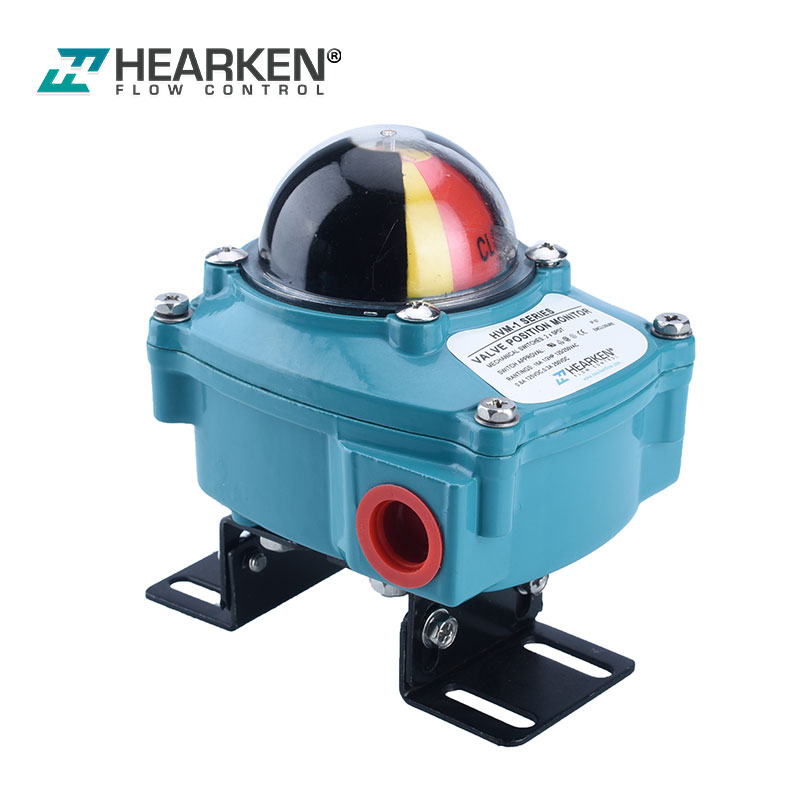How to Select the Right Valve?
A valve has very specific functions in the system or equipment that it is used in. The purpose it's expected to serve determines the type and material of the valve required. Typically, valves are used to:
•Control and regulate the flow of the liquid/medium.
•Throttle the volume, flow, and pressure of the fluid/medium.
•Isolate specific parts of the assembly/device.
•Start or stop the discharge of the medium to a specific part of the system or through the entire system.
•Stop the backflow of the medium into the system.
•Release or buildup the pressure in the assembly.
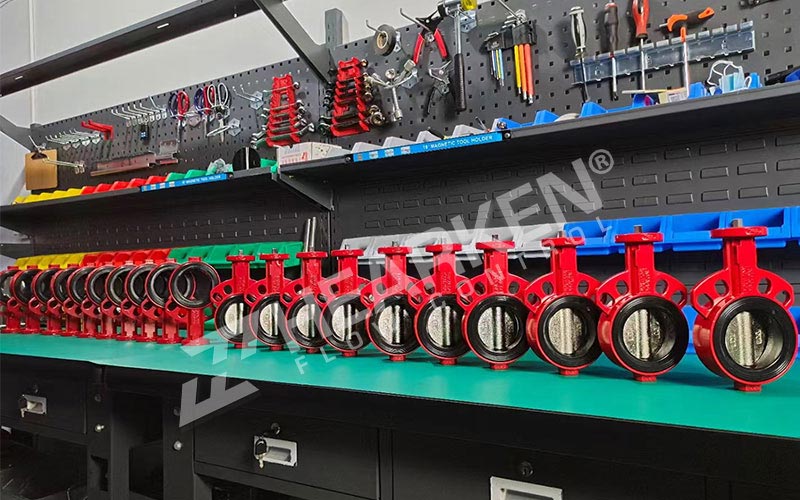
Given the diverse functions that they are expected to perform, it's obvicus that valves are complex equipment that includes multiple moveable and immovable parts. In fact, in a pipeline system, the valve is often the most technical part of the assembly. So, here are the 5 things that should be considered when picking the right valve for a specific device/system.
1.Start with a clear understanding of the applicatiion and the factors that will impact the application.
The first consideration when selecting a valve should be the role that it is supposed to play in the system. Different valves are created to offer varying functions. Also, more than one valvetype is often suitable for a specific application.
In addition, it is also crucial to consider the factors that will influence thle working of the valve. For instance, the nature of the gas or liquid that will flow through the system is a crucial aspect when choosing the material of the valve.
Along the same lines, the working environment, including the temperature and pressure of the medium as well as the ambient temperature and pressure and control methods (manual or automatic) also have to be considered when picking the appropriate valve type.
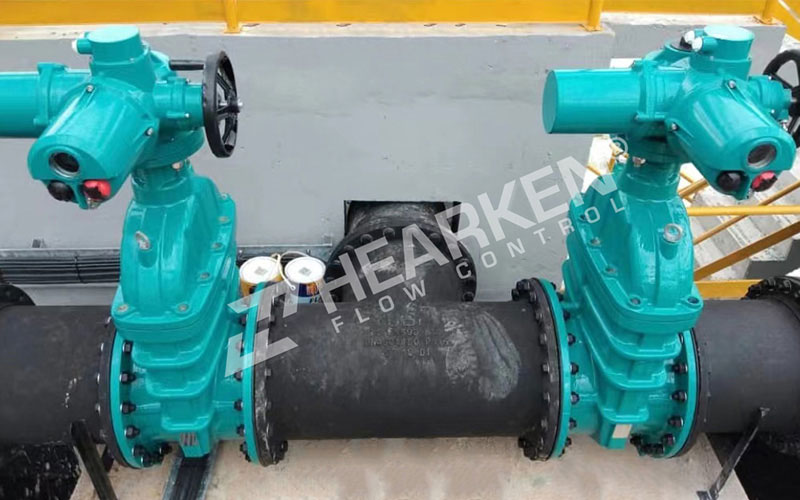
2.Accurately predict the working metrics to choose the optimal valve
It is imperative for a designer to have a clear idea of not just the operating aspects of the system but also the process of production that the assembly is a part of. This information helps to choose the specific struyctural considerations required for a valve to perform optimally as a part of an assembly.
Furthermore, this also helps to analyze and predict the perfolmance of a specific valve type when installed in a system.
3.Factor in the type and scope of the connection points
The three connection types available in valves are threaded, welded, ancl flanged. Of these three, threaded and flanged are the most frequently encountered. However, each has its pros and cons.
•Threaded: These are the easiest to install as well as the most affordable. However. these seldom have a diameter of more than 50mm. Also, given the threaded connection points, connecting and sealing threaded valves with higher diameters can be hard and prone to failure.
•Flanged: They have larger diameters and they are both easy to installl as well as uninstall, if and when required. Flanged connection points are an optimal choice when the diameter and pressure requirements are higher. However, the flanged connection points make them heavier and the added weight also adds to their cost.
•Welded: Of the three. flanged units are the most appropriate for harsher operating conditions given their greater reliability. But since the end connections are welded together, it is harder and more expensive to reinstall them after repair/servicing or to disassemble them when making additions to the system.
So, welded valves are typically used in systems where they can be keot in place for an extended duration or when the valve is expected to be subject to high temperature and pressure and otherwise harsh operating conditions.
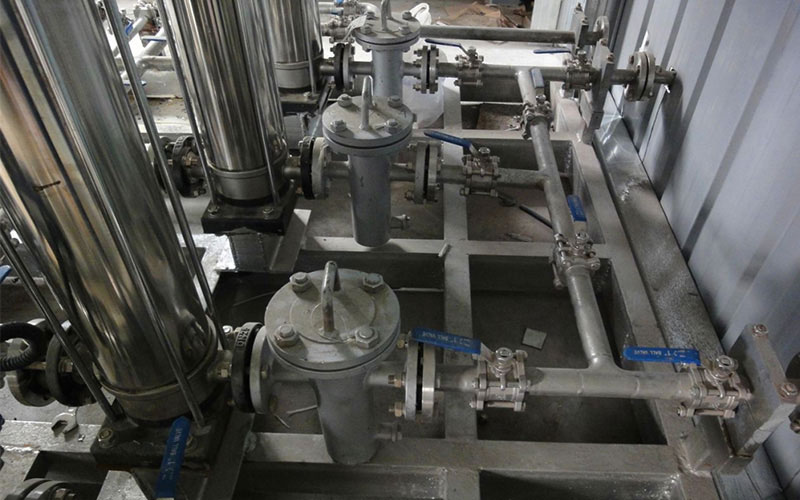
4.Choosing the right valve material
Valves, including their internal parts, the exterior shell surface, and the sealing parts, are not just available in different types but they are also made with a range of materials. The material used has to be chosen based on 4 factors:
•The physical: The operating temperature of the system and the pressure of the medium flow should be considered carefully when selecting a valve.
•The chemical: The corrosiveness and the reactivity of the medium with the valve material should be deciding factors.
•Particulate matter in the medium: The contamination levels of the medium with solid particles/ non-solid elements and their ability to clog the internal parts of the valve and the system should also be factored for when making the choice.
•Country-specific regulations: While this factor does not impact the functioning of the valve or the system, it is an important consideration. The operating agency's internal regulations and standard operating procedures and requirements as well as any regulations of the country/state/region that have to be followed should also play a vital role in the choice of the valve.
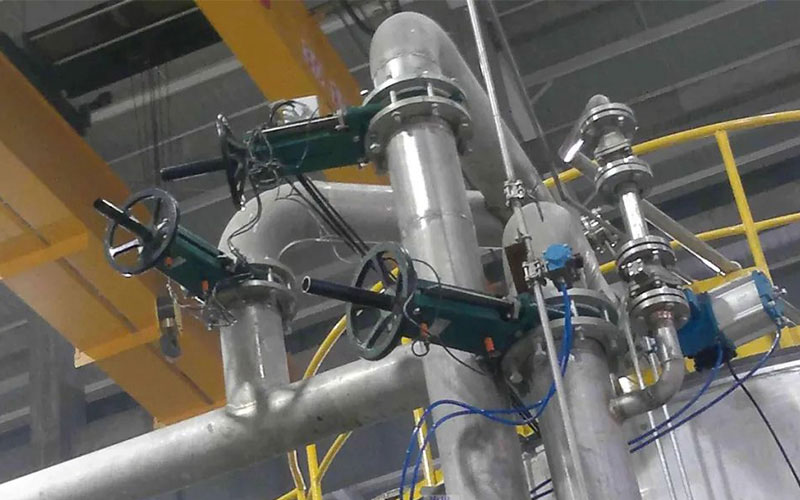
The choice of the optimal valve material will have a direct bearing on the service life of the valve and its performance as well as the economic value it offers.
In terms of the material used for the outer shell and the body of the valve, the choices include cast iron, stainless steel, and carbon steel. As far as the sealing ring goes, the options include copper, rubber, F4, and alloy steel.
5.The internal metrics of the system should also be analyzed
Finally, the pressure of the medium, at the input point, and the required pressure at the output point should also be carefully factored in. Moreover, the flow rate also requires consideration because it influences the valve size and type needed.

